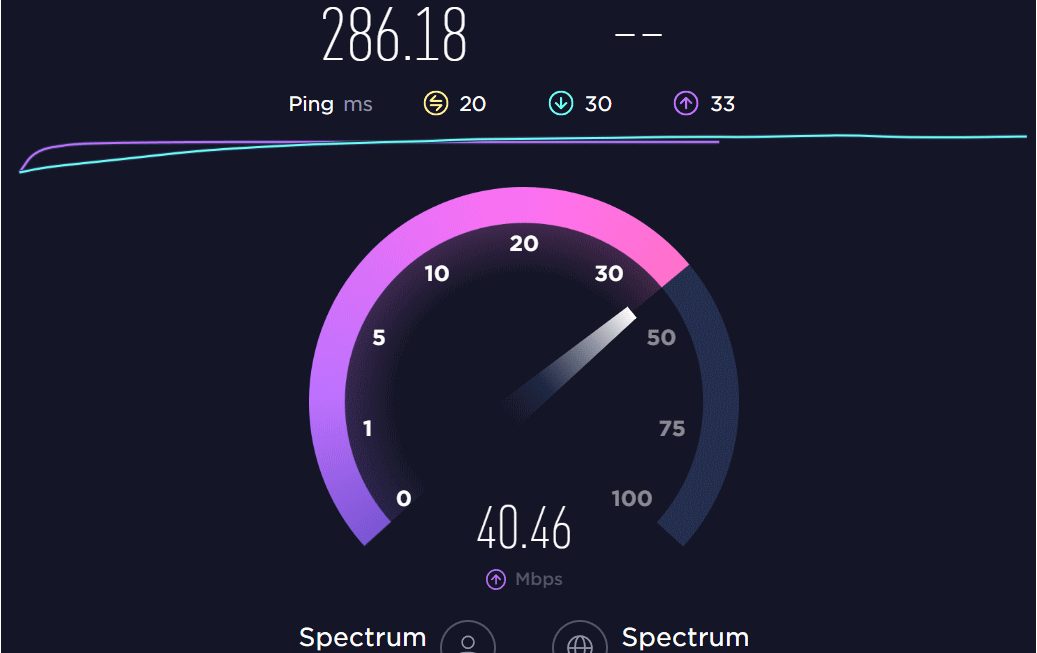It is important to understand that there are differences between closed captions and subtitles. Captions are intended for viewers who cannot hear the audio. They often include descriptions of relevant audio, such as a door opening, as well as the dialogue and music playing. Subtitles are intended for people who cannot understand the language spoken and need a translation. These will only have direct translations of what is being said, and whatever signs or writing appear on-screen.
Benefits of Closed Caption
Accessibility
Closed captions were created for people who cannot hear, allowing them to understand what is happening in the program they are watching. This is the most important benefit of closed captions. It allows people who would not be able to watch a show, or movie, to get the full context of what is going on. Additionally, people who are hard of hearing may not understand when actors speak at a lower volume or hear quieter background noise that can be essential to the plot.
Better Comprehension
While closed caption became available for people who are hard of hearing, it can be beneficial for everyone. Many people use closed captions for better comprehension of what they are watching. For example, the feature helps you understand accents that you might be having a hard time with. Additionally, it allows you to see how technical terms and slang are spelled to look up synonyms or a translation for them. Not to mention, the captions can help you maintain focus on what you’re watching, instead of scrolling on your phone.
When you read captions on TV, both sides of your brain are working together. In this instance, your left side is taking in what you are seeing, and your right side is reading what is on the screen. As you get used to it, you will learn to juggle between reading and paying attention to the action on the screen.
Better Experience in Sound-Sensitive Environments
Closed caption allows viewers to watch content where audio is unavailable. For instance, if you are on a noisy train and forgot your headphones, you can always use captions to watch a show. Additionally, captions allow users to enjoy the content on mute in a quiet setting like a library or office.
Better Engagement
Since your viewers will be paying more attention to the screen because their brains will be fully engaged with the entertainment on the screen, you will have a more engaged audience. This will allow viewers to learn more about the content and talk more about it online or to friends and family. It will also help users who do not speak the original language watch your content. This is because closed caption also instantly translates to other languages.
To get closed captions in your program or movie, you will need to hire a company that can create a CCSL script, which will be a frame-precise visual description of what is happening on the screen. At Talking Type Captions, we can help you with CCSL script, subtitling, and closed captioning services.
Also Read: Tips Of Drape The Trendy Custom Hoodies With Style.



